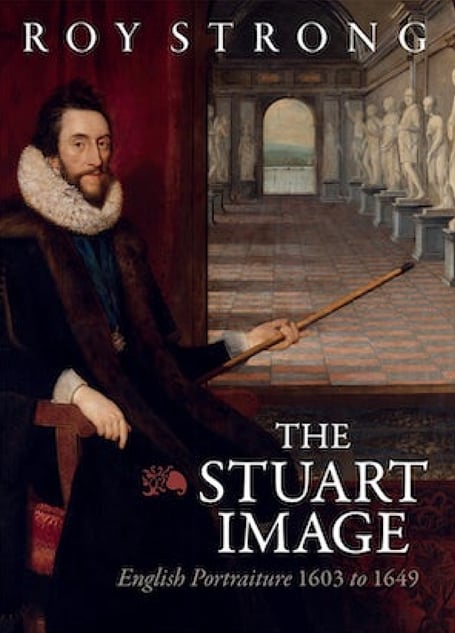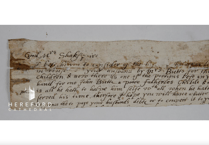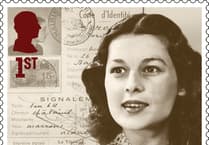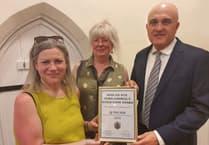Henry was the eldest son of James VI of Scotland and his wife Anne of Denmark. At the time of Henry’s birth, James was the unacknowledged next heir to the throne of England, and had been King of Scotland since his mother’s forced abdication when he was only just over a year old. At birth, Prince Henry Frederick, named for his grandfathers, became Duke of Rothesay, Earl of Carrick, Baron Renfrew, and Lord of The Isles, titles which he continued to hold when he became Prince of Wales, and which are held by the Prince of Wales to this day. As was common for royal children at this time, the Prince was given his own household and lived separately from his parents, at Stirling Castle.
As it became obvious that Queen Elizabeth was dying, her ministers urged her to name her successor, but she would not do so officially. Nevertheless, it was clear that James was the next Protestant heir, and Elizabeth’s chief minister Robert Cecil had him proclaimed King in London on the day of her death. James made his way to London, and his wife and children followed some three weeks later. As soon as his father became King of England, Prince Henry became Duke of Cornwall, the traditional title of the heir to the English throne, and shortly afterwards became a Knight of the Garter. He was now set up in a household attached to the English court and continued with an education and training appropriate for a prince – military and naval studies alongside sports, hunting and courtly skills such as dancing.
In 1610, aged 16, he was invested as Prince of Wales and Earl of Chester, with prolonged celebrations including a river pageant and a masque. He now began to take a part in political life, including taking an interest in the growing colony in North America and the problematic English involvement in Ireland. But this was short-lived, because in November 1612 he fell ill with what was almost certainly typhoid fever, and died aged only 18. There was an immediate outpouring of shock and sorrow, with poems, music and religious writings dedicated to his memory. His younger brother Charles assumed his position as heir, but he was a quite different character to his brother, and never gained the popularity Henry had had. In due course he was to become King Charles I, a great patron of the arts but a weak, stubborn and petulant man whose lack of political nous and wisdom quite literally lost him his head.
Linton & District History Society’s next meeting on April 5, is a brief AGM, followed by items of interest and intrigue brought by our members. We are also holding a book sale. We meet in Linton Village Hall at 7 p.m. for 7:30.





Comments
This article has no comments yet. Be the first to leave a comment.